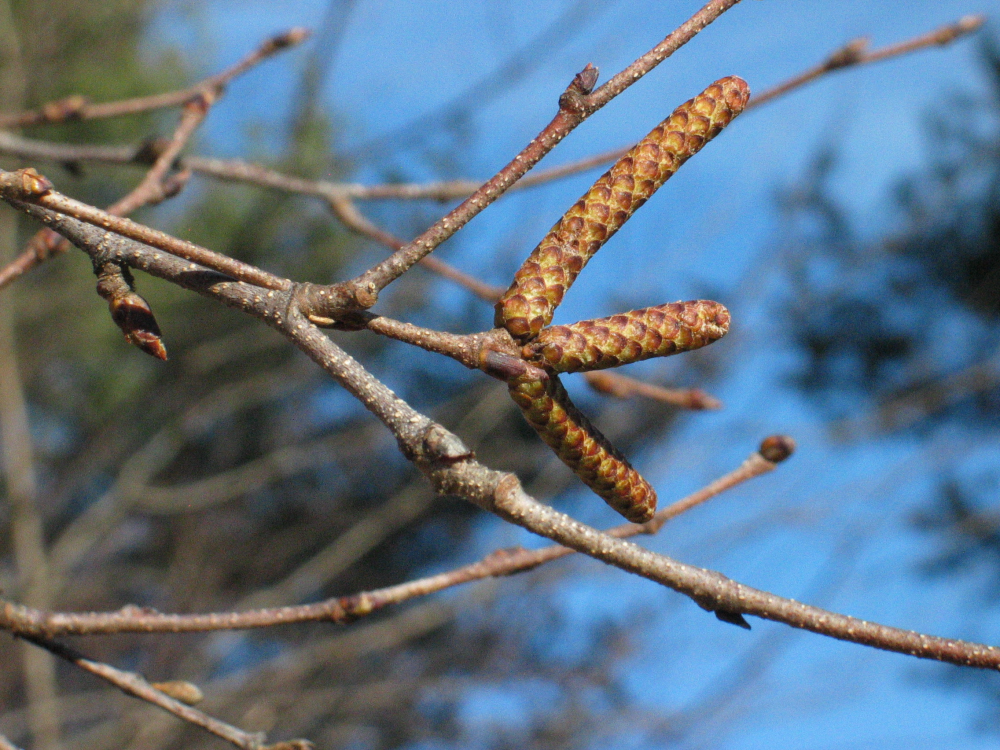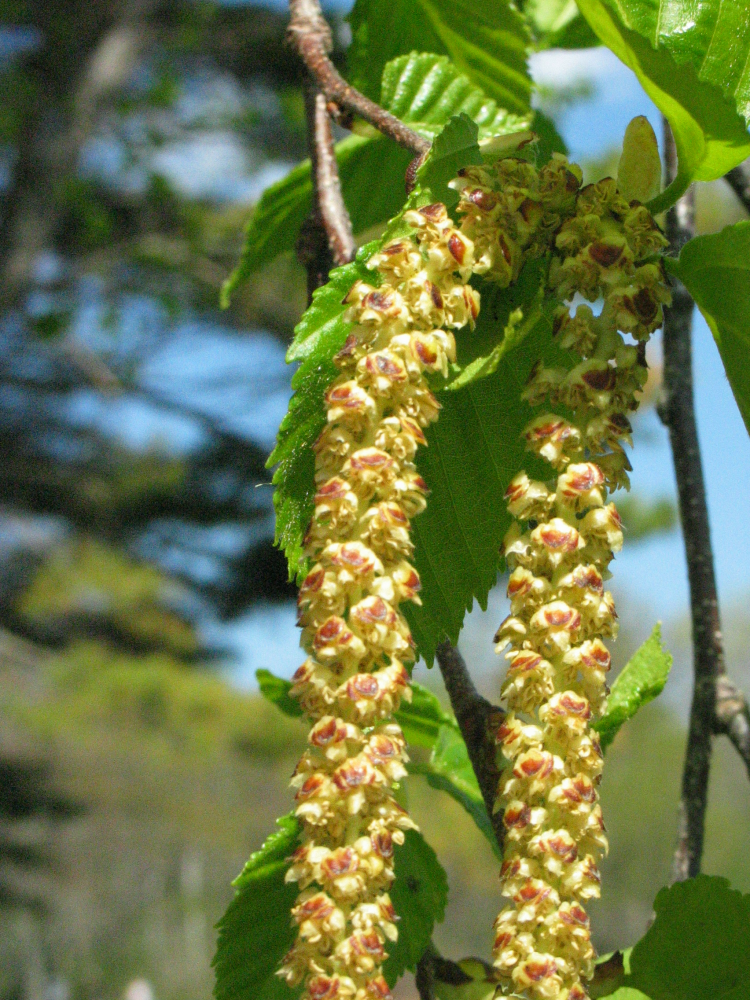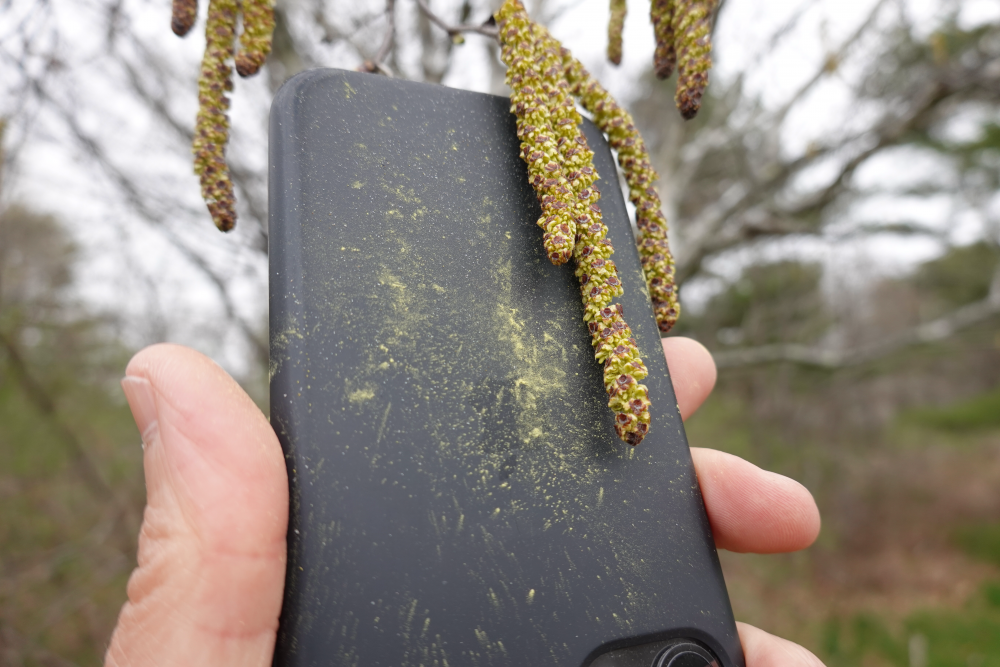Project Overview:
In the US alone, an estimated 60 million people suffer from pollen allergies each year (CDC.gov). Climate change is projected to impact the timing of the start, length, and severity of pollen season. Better predictions of airborne pollen can inform allergy sufferers when to stay indoors or when pharmacies should stock allergy medicine.
Preliminary analyses indicate a strong relationship between flowering of particular species and how much pollen is in the air. Your data collected as part of this campaign will be used to help fill gaps in understanding pollen concentrations in real-time, leading to improved forecasts of allergy season timing and severity. Further, since the observations you contribute to Nature’s Notebook are available to users very soon after you submit them, they allow for pollen forecasts to be updated in near-real time with incoming reports.
SIGN UP FOR Pollen Trackers MESSAGES!
You will receive messages full of findings, observation tips, and campaign-specific opportunities. Don't miss out!
How to Participate:
1. Select one (or more) individual plants to track. We are interested in any species on the Nature's Notebook list from the genera listed below:
- Acer
- Alnus
- Ambrosia
- Betula
- Carya
- Celtis
- Fraxinus
- Juglans
- Juniperus
- Liquidambar
- Plantanus
- Populus
- Quercus
- Salix
- Ulmus
See the full list of species by searching The Plants and Animals page, filtering for the Pollen Trackers Campaign under Plant Type.
2. Join Nature's Notebook. If you haven't already, create a Nature's Notebook account. If you need more details on getting started, take the Observer Certification Course available at learning.usanpn.org. Follow the steps to create a site and register one or more plants from the Pollen Trackers list.
Note: We are very interested in the location of your Pollen Trackers plant. Consider using the pin on the Google map to mark the exact location of your plant, or as close as you can make it.
3. Sign up to receive Pollen Trackers campaign messages. You will receive messages approximately every 4-6 weeks during the growing season, providing early results, encouragement, observation tips, interesting links, and campaign-specific opportunities. Don't miss out!
4. Take observations. We invite you to track flowering in your trees ideally 2-4 times a week, in the spring. We are especially interested in the following phenophases, though you are welcome to report on leafing and fruiting as well.
5. Report your observations. Use the Nature's Notebook app to record your observations, or collect data on paper datasheets and periodically enter your data on your Observation Deck.
EARN YOUR Pollen Trackers BADGE
See it on your Observation Deck.
Research team
The individuals below helped to shape the Pollen Trackers campaign, and they will use the data that you collect in their research.
| Daniel Katz, Cornell University |
| Claudia Langford Brown and Arie Manangan, CDC Climate and Health Program |
| Yi Liu and Kai Zhu, University of Michigan |
| Guy Robinson, Fordham University, New York, NY |
| Dan Dalan, MD, Allergist, MercyOne Waterloo Medical Center, Iowa |
Questions about this campaign? Email Erin Posthumus at [email protected].


